Tattoo Blowout: Prevention & Fixes Explained
02 December, 2021Maybe you’ve just got a beautiful new tattoo, and something just isn’t right…the ink doesn’t look quite as sharp as it should, and it seems to be spilling over the lines. Or maybe it’s looking a bit blurry.
These are alarming signs that you shouldn’t ignore, but what exactly is going on? You may be experiencing a tattoo blowout, which can impact the aesthetics of your tattoo ink. In this article, we’re discussing the possible causes of a blown-out tattoo, the signs to look for, and what you can do to address the situation.
We’ll also offer some tips to keep in mind as you build your tattoo collection and ensure you get your money’s worth for each session. With some awareness, a game plan, and a few key tools, you can make sure your ink looks great for years to come.
Let’s dive into everything you need to know about tattoo blowouts.

What Causes Tattoo Blowouts?
The most common cause of a tattoo blowout is when the artist tattoos too deeply into the skin’s surface, causing the ink to move around in the fat layer below your dermis. This movement of ink particles ultimately changes the way the tattoo looks and can cause blurred or less defined tattoo lines (a blown-out tattoo).
While most of these cases are caused by a poor tattooing process, they can also result from improperly caring for your new tattoo during the healing stage. Remember that you need to do your part and take good care of the tattooed area in the days and weeks following the application.
The right aftercare routine and certain aftercare products can help reduce the blown-out appearance of a tattoo, so we’ll cover some tips and recommendations to consider for the first night and beyond.
There is no health risk with experiencing a tattoo blowout, but there is a significant aesthetic risk to the overall look of the tattoo, creating a smudged appearance.
You will notice a blowout within the first few days of getting your new tattoo. Cases vary depending on the individual, with some being more extreme than others.
Tattoos are a financial and emotional investment that you don’t want to forfeit with easily avoidable mistakes. Thankfully, there are ways to minimize these issues and get the most from every tattoo session moving forward.

Signs of a Blown-Out Tattoo
It’s important to identify and keep a lookout for some key signs of a blown-out tattoo. The first item to look out for is how your artist tattoos. A blowout will occur when an artist tattoos too deeply in the skin and pushes down too hard when applying the ink.
Here are some common indications that your tattoo might be blown out:
- Ink may appear to spread beyond the outline of the tattoo, commonly seen with bold dark outlines or more detailed linework
- Colors may seem to blend together and create an unintended smudged or blurred appearance
- The shape of your tattoo may be compromised or detract from the desired design
- In cases of severe blow-outs, a dark circle shape may emerge around the tattooed area and appear simliar to a bruise
Tattoo blowouts look different depending on the techniques, equipment, and colors used to create a tattoo. Even fine-line and realistic tattoos can result in blow-outs, but they tend to be more common in tattoos requiring heavy, bold linework and dark outlines.
As the healing process progresses, you may not notice that a tattoo is blown out until days or weeks after the session. This is a reminder to keep a close eye on your tattoo in the first 24 to 48 hours and beyond.
How your tattoo looks will go through many phases in the first few weeks, and proper tattoo care should always be emphasized in each stage.
Tips to Limit Blowouts While Getting Tattooed
Tattooing is a highly technical art form, requiring precision and focus for a sustained period. However, there are certain signs that you should be aware of when getting tattooed, as these can help prevent the impact of tattoo blowouts and other problems.
First off, be mindful of the area getting tattooed and consider that thinner skin (with less muscle or fat beneath) is more prone to a blown-out tattoo. This is why blowouts are more common in areas like the extremities (hands, feet, ankles, or shins) compared to larger body parts like the upper arms or thighs. If this is your first tattoo, think about starting with a less painful area that is less likely to result in a mistake.
Next, pay close attention to the area getting tattooed and keep an open dialogue with your artist the entire time. You may be tempted to direct your attention elsewhere to not think about the pain, but a certain amount of awareness is required to get the best possible result.
The tattoo needle requires some pressure to get into the first layer of skin, but take note if your artist is applying too much strength or leaning down too forcefully on the tattoo machine with their weight.
If you feel the use of excessive pressure or pain, please communicate this to your artist. Describe the feeling you’re experiencing and allow your artist to mitigate whether or not this is a normal part of the tattooing experience. Don’t hesitate to speak up and discuss any discomfort or concerns when tattooing! A professional tattoo artist will always listen to the customer and make adjustments to their technique based on how you respond.
There’s nothing wrong with calling “timeout” during a tattoo session if you’re concerned about pain or a possible blowout. Try taking breaks during the session and taking note of the pressure you may feel from the tattoo gun to avoid a blown-out tattoo.
When getting tattooed, you may feel increased pressure from the tattoo gun. Ink spreading is the tattoo artist's mistake (even if they are an experienced tattoo artist), so make sure when choosing an artist, they have experience and increased attention to detail. A careless or inexperienced artist could result in an undesirable tattoo.
Finally, keep in mind that certain tattooists are not as cautious as they should be when it comes to their aftercare tips. Ask for specific tattoo aftercare instructions and consider requesting cling film or plastic wrap to keep your tattoo safe for the first day or so. Don’t worry about seeming too demanding or risk-averse; you paid good money for your tattoo and deserve the best!
How to Treat a Blown-Out Tattoo

You may not notice that a tattoo is blown out until a few days or weeks have passed. Consult in-person with your artist if they are local, or send pictures to their phone or email to get a professional opinion before taking further action.
Remember that a fresh tattoo is essentially an open wound, and some oozing is to be expected in the first week or so. From there, you will notice flaking or minor scabbing that requires tattoo-healing lotion and cleaning with antibacterial soap. Priority number one is to watch for signs of infection and use the correct skincare methods while avoiding direct sunlight.
However, if you’ve followed the right aftercare instructions and still suspect a blow-out, there are several ways to treat a blown-out tattoo:
Additional tattooing
The simplest way to treat a tattoo blowout is additional tattooing. This would be considered a blowout cover-up, which could be managed with the addition of some details, changes in size, and additional line work.
Keep in mind; you must wait for the original tattoo to fully heal, which will take about two months, before continuing with a cover-up. Be sure to take extra good care of your healing tattoo before the cover-up. We recommend a superior, all-natural tattoo aftercare routine for advanced healing.
A product, such as Mad Rabbit Soothing Gel, that will hydrate and nourish your new ink is preferred. With the advanced formula, your tattoo will heal rapidly and effectively with the power of plant collagen and vitamin C. With your newly healed tattoo, you may then proceed with a cover-up.
Surgical tattoo removal
If additional tattooing is not an option and you’re looking for a new start, surgical removal is a more involved choice. During this procedure, the surgeon will remove the tattooed skin and stitch the remaining skin back together so you have a perfectly new canvas.
Keep in mind, as with any surgery, there are risks. There is also the risk of a small scar from the procedure. So, if you’re looking for a less involved cover-up or remedy to the blowout, then laser therapy may be a good option.
We suggest trying other methods before resorting to surgical tattoo removal and consulting with several artists to formulate a plan. While you might feel tempted to rush to a conclusion, remember that more planning usually results in a better outcome in the long term.
Laser tattoo removal
Laser tattoo removal methods have advanced significantly in recent years, and these services are increasingly accessible in most areas. The laser used is a q-switch laser, which essentially breaks up the particles and pigments of the ink color. This helps your body absorb the small diluted particles of ink and reduce the visibility of the overall tattoo over several sessions.

During this process of laser therapy, it’s important to take extra good care of your skin and avoid any unnecessary sun exposure. Using an advanced SPF is best, such as our SPF 30 Tattoo Sunscreen. The SPF sunblock is specifically formulated to nourish and protect tattoos, with ingredients such as aloe vera, argan oil, and vitamin C to name a few.
The laser therapy will require multiple sessions, so ensuring your skin stays protected throughout this process is key to the best results. Many people choose to undergo several laser therapy sessions before considering a cover-up or taking further steps to remedy a tattoo blowout. It’s always smart to stay in contact with a trusted tattoo shop and plan ahead for your next design, ensuring that you ultimately get the design you want with minimal spending and stress.
Prevent a Blowout Before it Happens to You
You may be wondering how can a tattoo blowout be prevented. The first and most important element is choosing a qualified and experienced artist. Tattoo blowouts occur as a tattoo complication and are a mistake that can occur when an artist is careless or lacks experience.
Ask to see your artist's previous work and ask about their style of tattooing. Conduct some prior research on the shop and artist, such as reading customer reviews. This can give you an idea of other clients' tattooing experiences in an honest forum.
In addition, consider the placement and the level of detail you’re looking to achieve with your tattoo. Ensure you refrain from scratching or irritating the tattoo during and after the session. And finally, seek an experienced artist for the best results.
A tattoo blowout is an unfortunate and preventable mistake that can occur while getting a tattoo. If the artist is rushed, careless, or tattooing too deeply into the skin, the ink will begin to move around creating a blurred or hazy effect.
There are several ways to manage this and identify if you’ve experienced tattoo blowout. You can also touch-up the blown out tattoo with additional tattooing, laser treatment, or in the most extreme case, surgery. The key in preventing tattoo blowout is to choose an experienced artist with a high level of attention to detail for the best tattooing experience and results.
When it comes to tattooing, you get what you pay for, so make sure you don’t cut corners in an attempt to get a faster or cheaper result. Whether it’s paying slightly more for a tattoo or using proven aftercare products, the value of a beautiful and balanced tattoo is priceless at the end of the day.
If you’re looking for more information on how to research artists and designs, check out our blog on the best research to do before getting a tattoo. Or maybe you’re wondering about the best next steps for a new tattoo? We’ve got you covered. Check out our blog on the First 48 Hours with a Tattoo, for more information!
Sources:
Technical and Clinical Complications of Cosmetic Tattooing | NIH
Laser Tattoo Removal: A Clinical Update | NIH
Non-Laser Treatment for Tattoo Removal | NIH
Blurry Halos Around Tattoos: A New Case of “Tattoo Blow-Out” | Wiley Online Library
Try risk-free & save with the Essential Sets
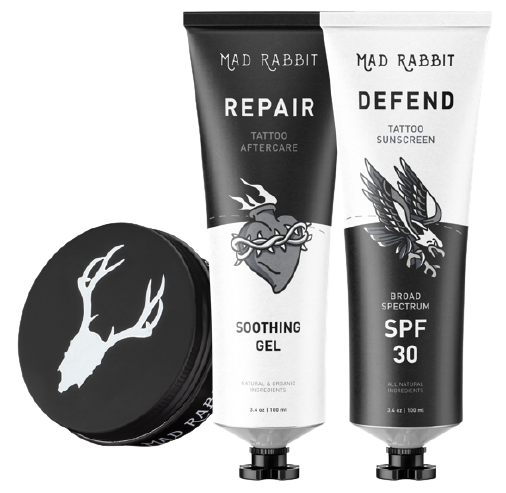
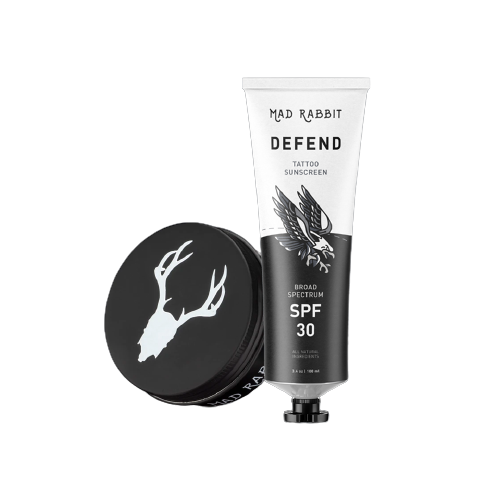
Daily Defense Set
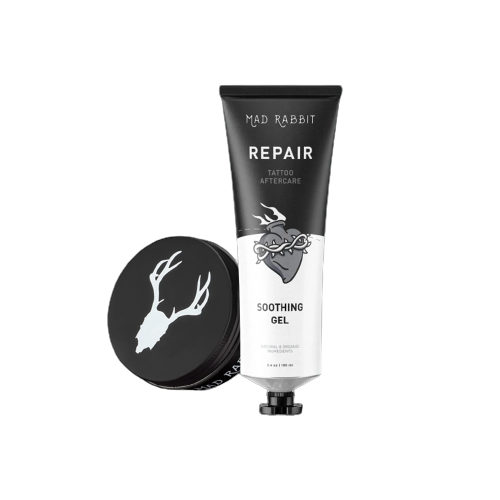


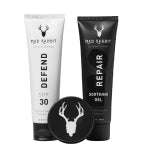
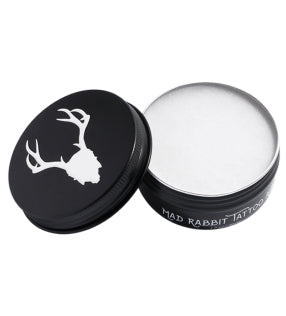
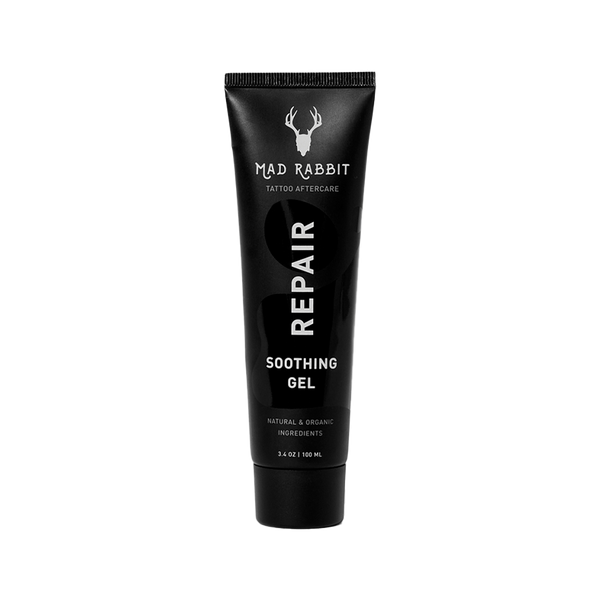

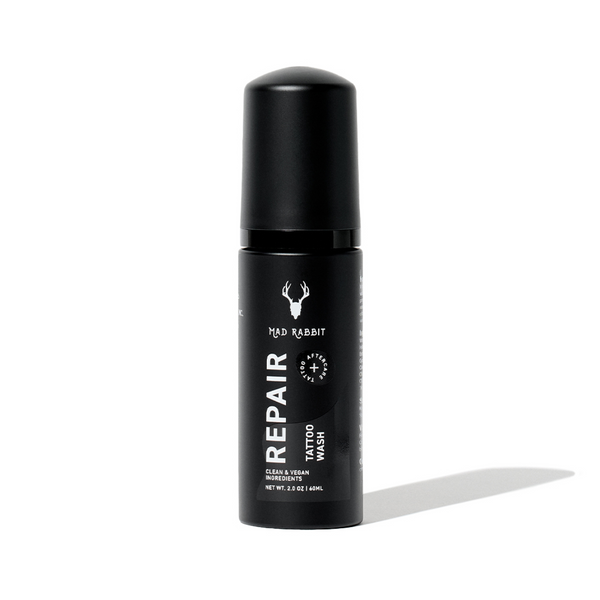
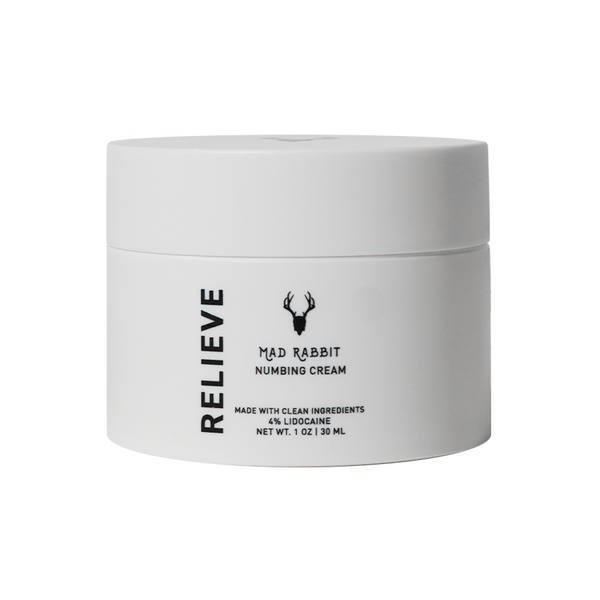
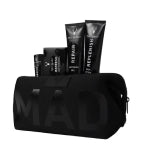
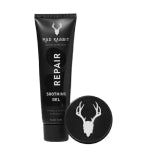
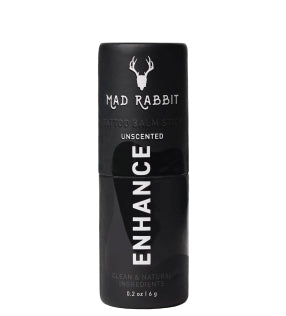
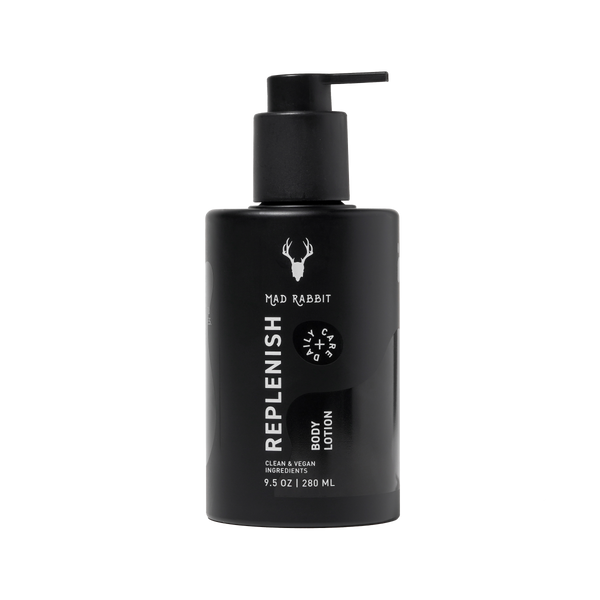
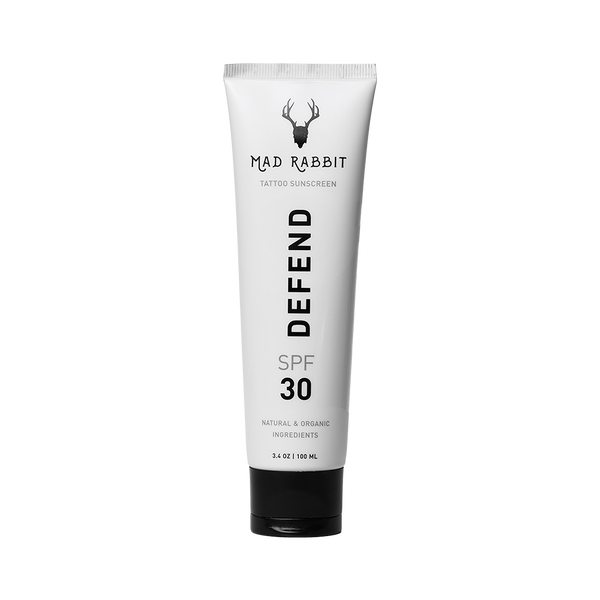
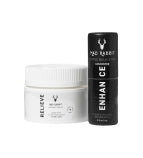
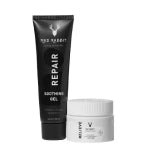
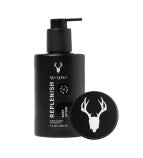
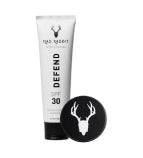
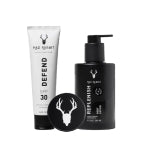

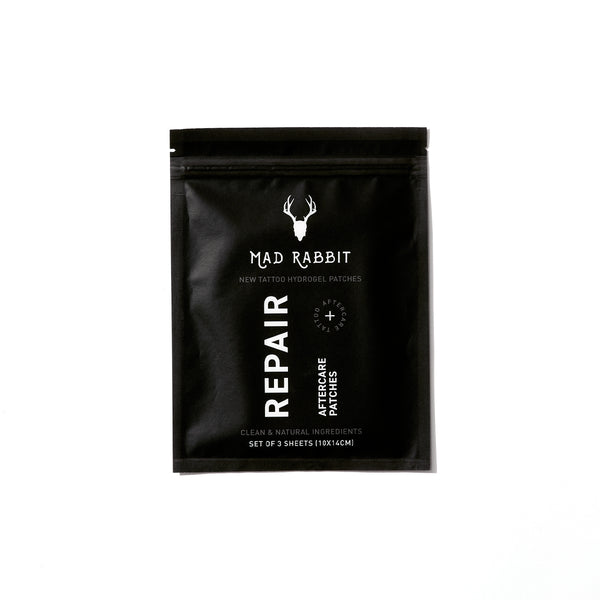
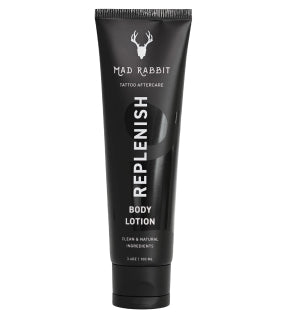
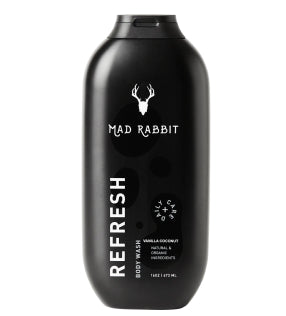

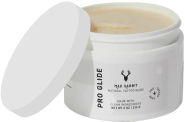



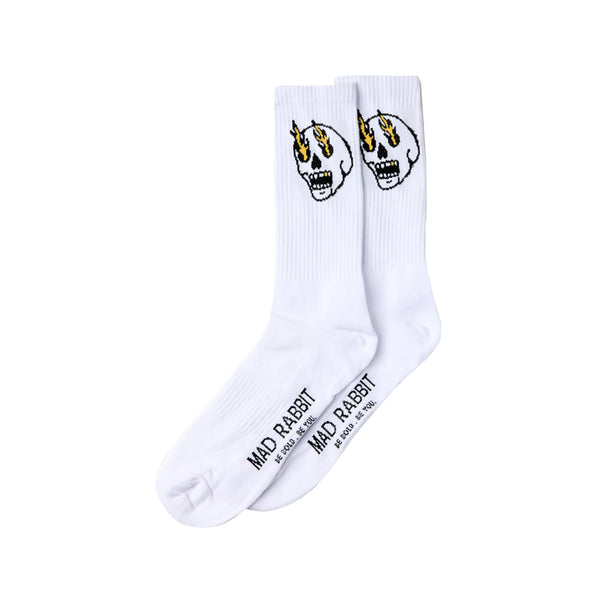
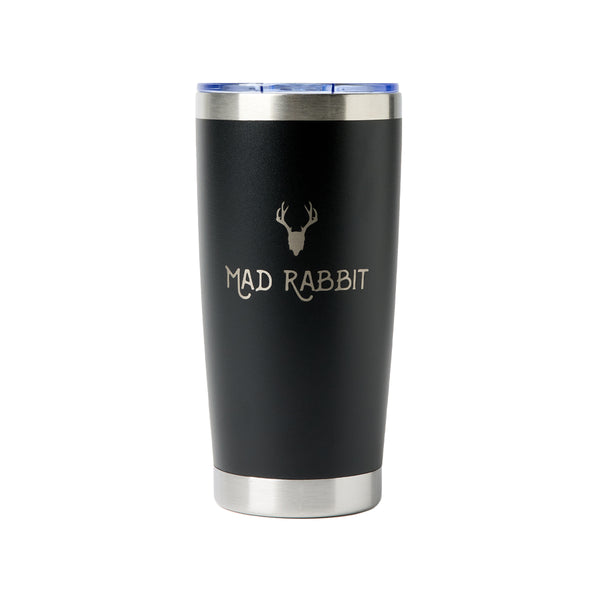

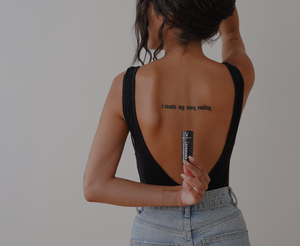
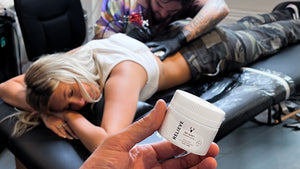
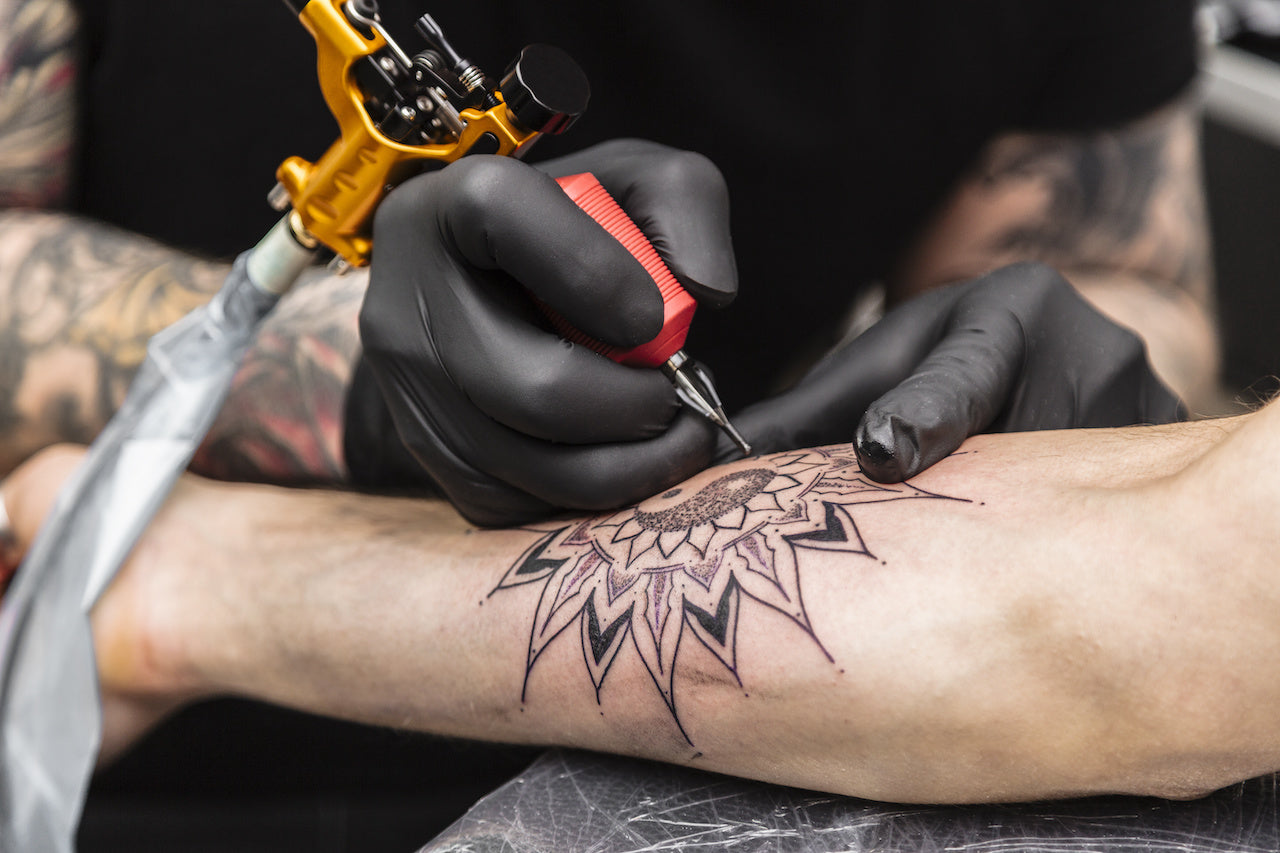
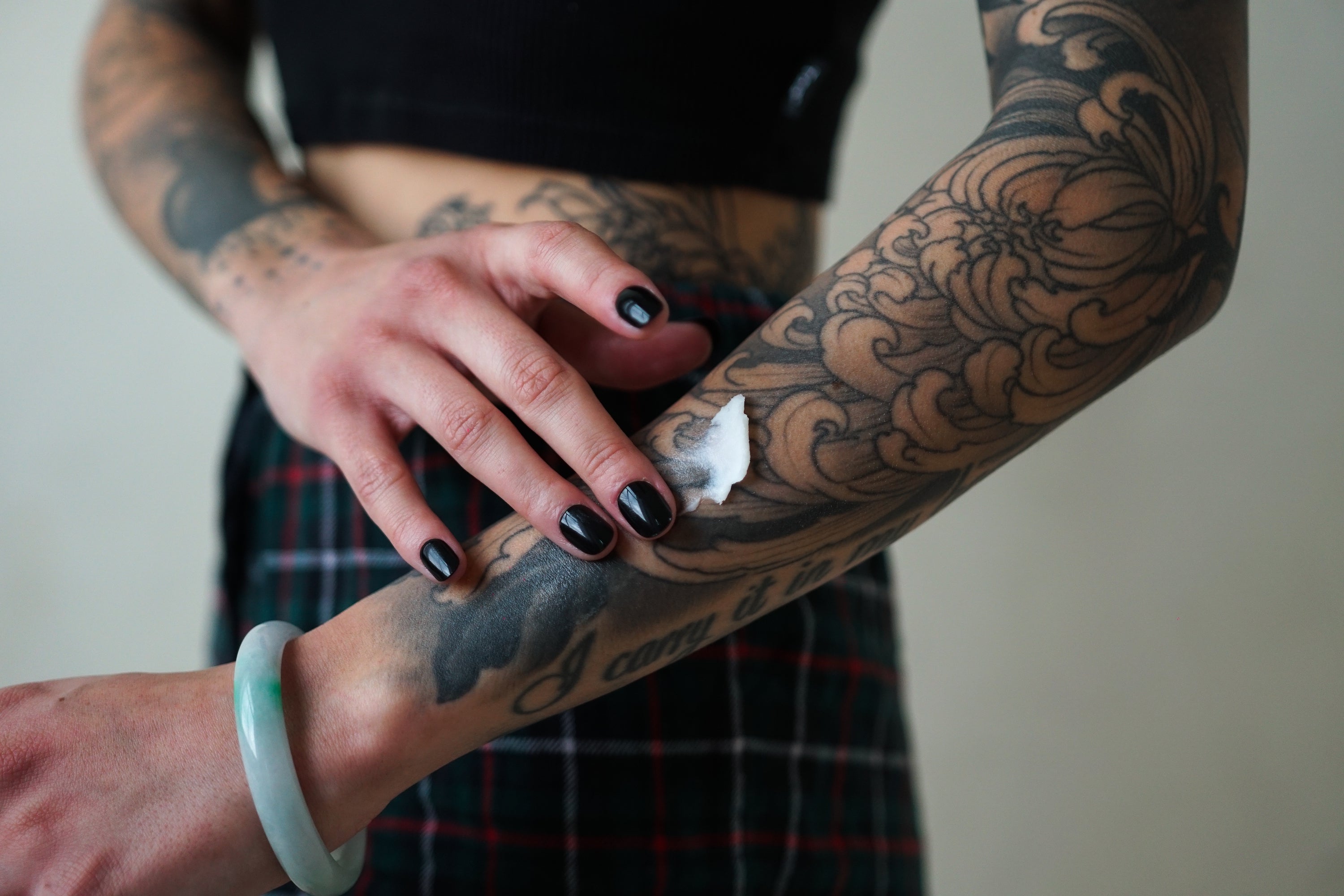
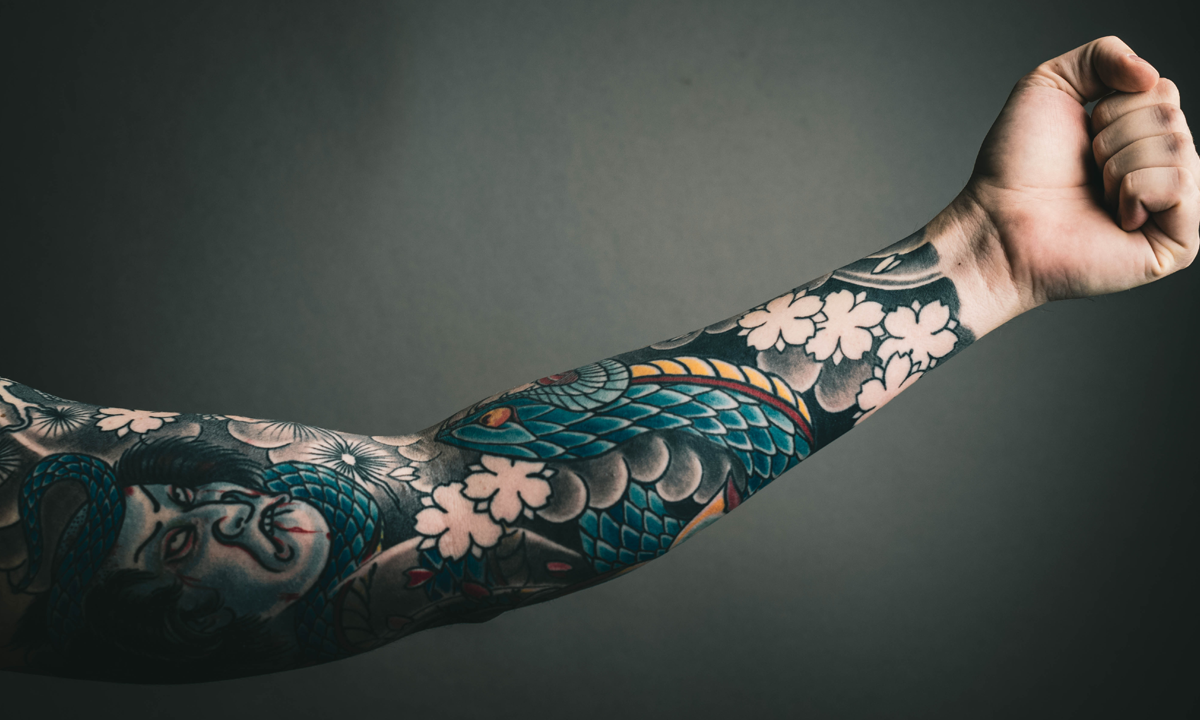
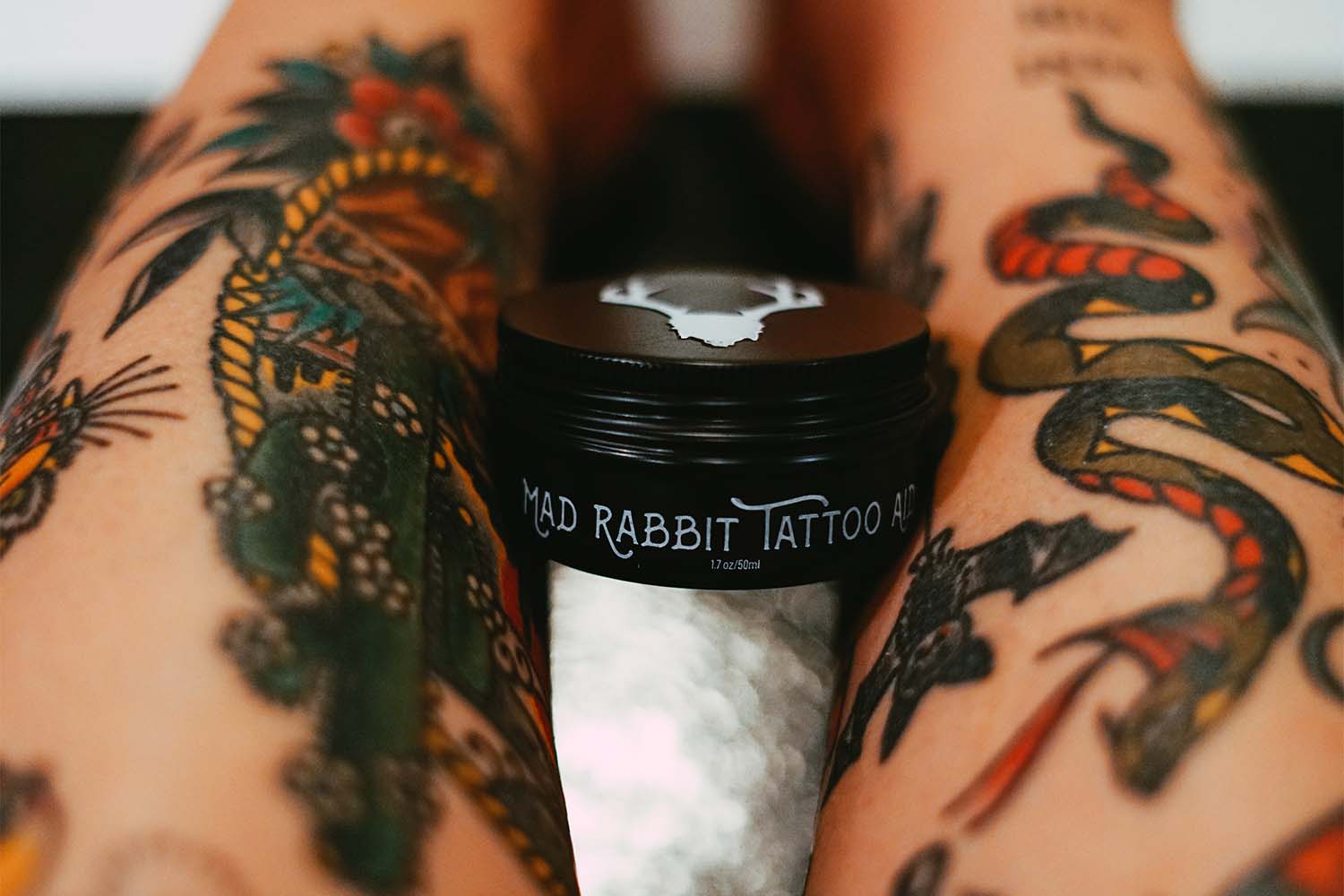
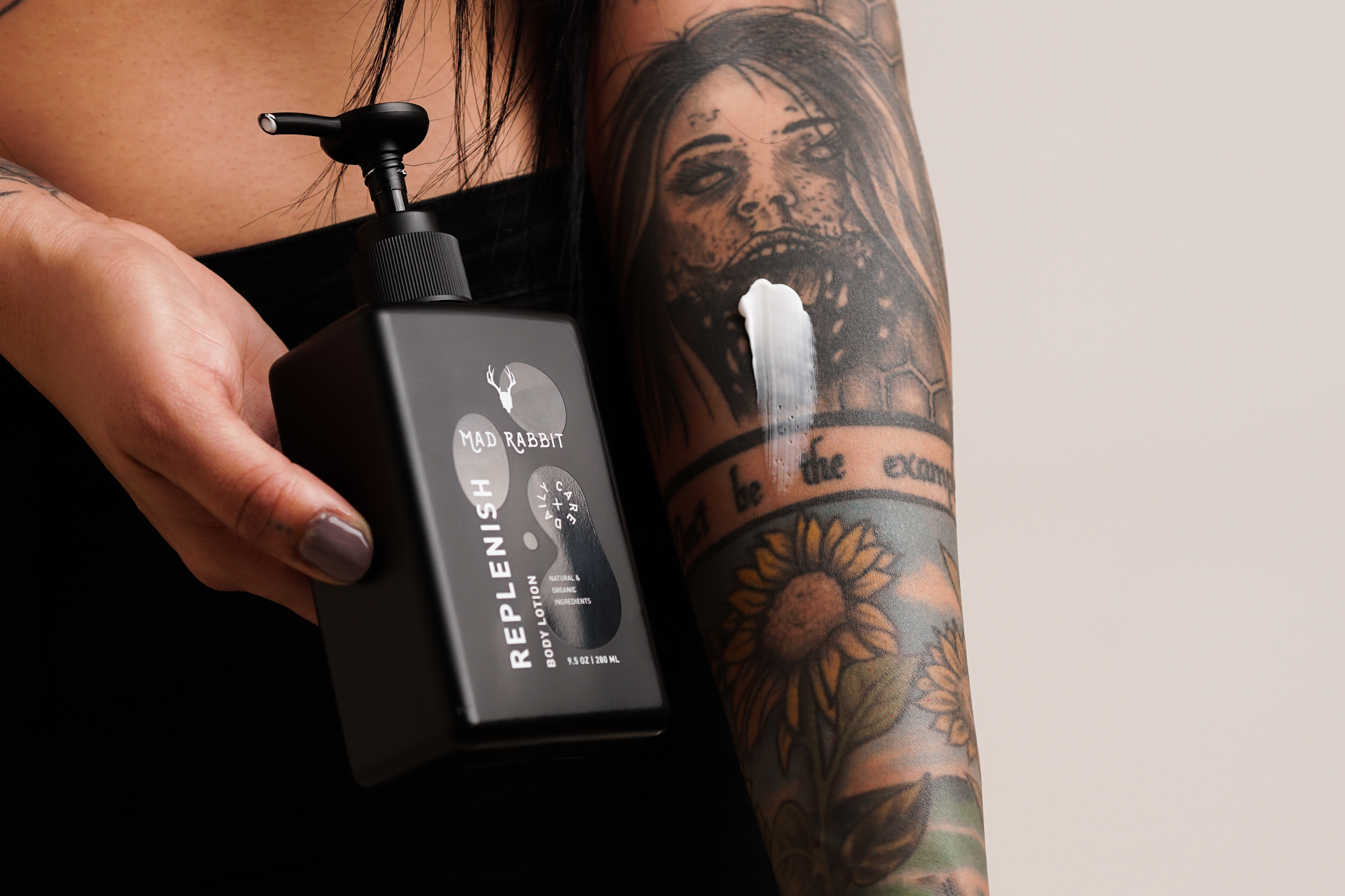
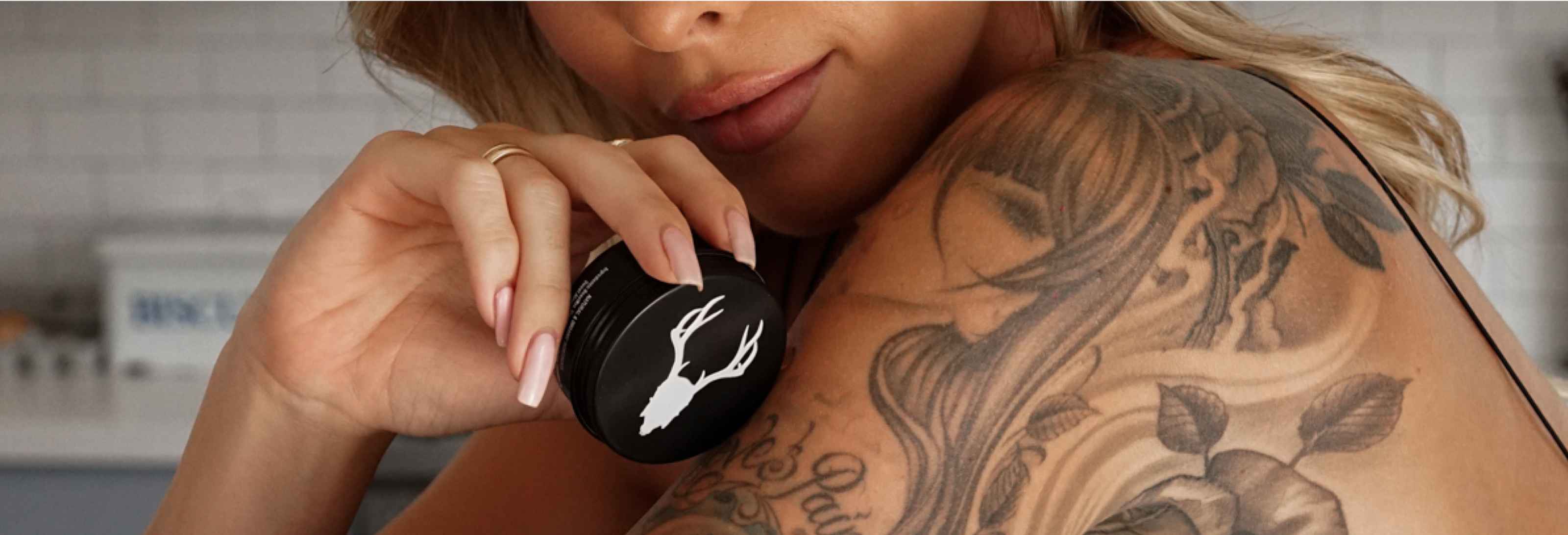
Join the discussion